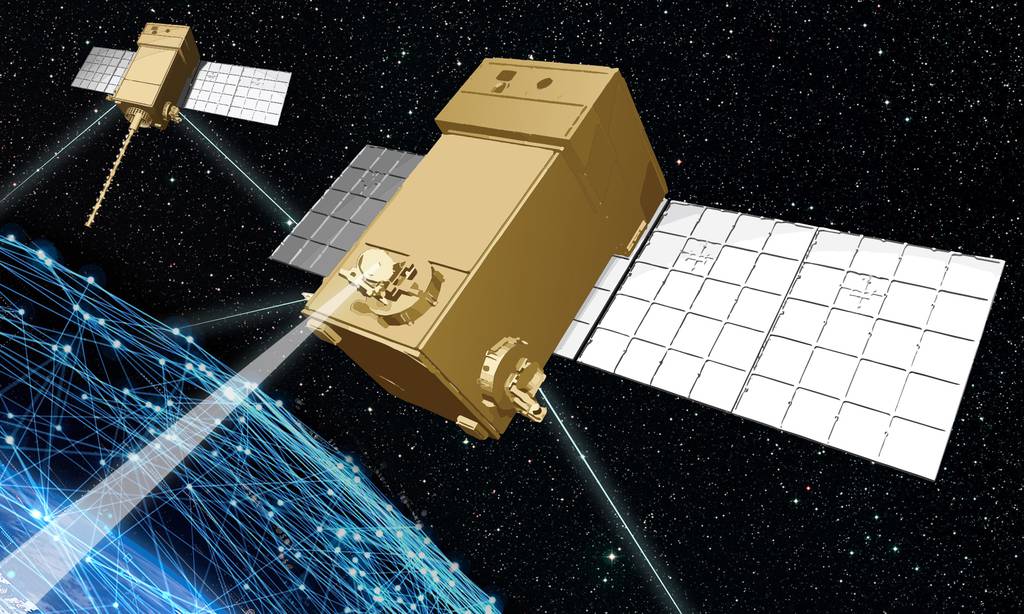WASHINGTON — The Space Development Agency’s first major launch, which had been scheduled for this month, will be delayed until at least December due in part to supply chain issues and protests over contract awards.
The mission was scheduled to launch Sept. 29 from Vandenberg Space Force Base in California and would have included a mix of missile tracking and data relay satellites — all part of the first batch of SDA capability, dubbed “Tranche 0.”
Agency Director, Derek Tournear, told a Washington Space Business Roundtable event Wednesday that significant microelectronics component delays as well as some software challenges with the missile tracking satellites pushed that timeline to mid-December at the earliest.
SDA was created in 2019 to help the U.S. Department of Defense craft a more resilient space architecture by augmenting its traditional constellations of large, expensive satellites with hundreds of more affordable vehicles operating in low Earth orbit, within 1,000 miles of the planet’s surface.
The agency awarded the Tranche 0 contracts in 2020, choosing Lockheed Martin and York Space Systems to build the data relay, or transport, satellites and L3 Harris and SpaceX to develop the missile tracking space vehicles.
Since awarding those initial contracts, SDA has targeted late September for its first significant proof-of-concept mission, with a goal of launching new capability every two years. Tournear told C4ISRNET that while he’s disappointed the agency wasn’t able to achieve that timeline, he doesn’t view the three-month delay as a major setback.
“We didn’t hit the stretch goal, but we’re still going to hit that threshold goal,” he said. “It’s more of an ego hit to us than anything.”
Tournear has warned of a possible schedule impact to the September launch date on several occasions, including during a May 17 speech at the virtual Space Industry Summit where he cited the microelectronics supply chain as a particular concern. At the time, he said he expected the effort to stay on schedule despite those issues.
SDA held onto that optimism for as long as it could, Tournear told C4ISRNET.
“We didn’t make the decision to slip the launch until the end of August,” he said. “All of the pieces and parts just didn’t come together on time.”
Raytheon, Airbus protests delay development
Along with the supply chain problems, Tournear said the missile tracking satellite development schedule was also impacted by an industry protest that set the effort back by about three months. After SDA awarded Tranche 0 missile tracking contracts to SpaceX and L3Harris in October 2020, losing bidders Raytheon and Airbus contested the awards over concerns about the evaluation process.
While software development issues also plagued the effort, Tournear said he thinks the tracking satellites could have been completed on time had it not been for the protest.
SDA hasn’t solidified how many satellites will fly on the December mission, Tournear said, but he expects it to include 9 or 10 satellites. A second launch in March will carry the remaining 18 or 19 satellites. That schedule means SDA’s Tranche 0 capability will be on orbit in time to support a summer 2023 demonstration.
Courtney Albon is C4ISRNET’s space and emerging technology reporter. She has covered the U.S. military since 2012, with a focus on the Air Force and Space Force. She has reported on some of the Defense Department’s most significant acquisition, budget and policy challenges.








